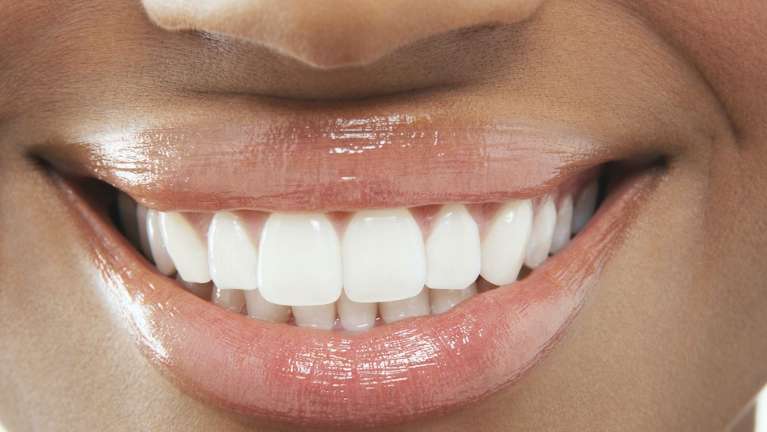
Despite a rather unfairly intimidating reputation, root canals are actually simple, straightforward, and painless. In fact, the conditions that bring about a root canal are usually far more painful than a root canal!
Today, we’re looking at reasons why someone might need a root canal, the conditions that cause these symptoms, and offering some aftercare tips.
What Is Root Canal Therapy?
A root canal is a corrective dental procedure in which a tooth's infected or injured pulp (which consists of blood vessels and nerve endings) is removed.
Before a root canal procedure, a dentist will clean and numb the area surrounding the damaged tooth to ensure the patient a pain-free experience. Then, using special instruments, a hole is made in the tooth, and the damaged pulp is removed. Then, the remaining space is thoroughly cleaned and sealed with a protective, antibacterial material.
In addition to providing immediate pain relief, root canals are an excellent long-term solution, with results often lasting fifteen years or more with proper care.
When Is a Root Canal Necessary?
A root canal is necessary when the tissue inside the tooth becomes infected or damaged. This occurs when bacteria infiltrate a tooth through an untreated cavity or a crack. These bacteria cause infection of the pulp. Beyond toothache, other symptoms of pulpitis include pain in the jawbone and increased sensitivity to hot and cold. If neglected, pulpitis can lead to an abscess (collection of pus around the tooth), resulting in tooth loss.
Symptoms that indicate the need for a root canal include severe and persistent pain, extreme sensitivity to hot or cold, and swelling and tenderness in the gums. It’s also important to remember that, if left untreated, this infection can spread to the jawbone and elsewhere in the body.
What To Do After a Root Canal
After a root canal, the patient is typically prescribed antibiotics for up to ten days. In the event of any pain, over-the-counter pain medication is usually sufficient for post-root canal pain. After this period, the patient and dentist must choose between simply sealing off the opening with filling material or a dental crown, which will fully replace the form and function of a natural tooth.
After a root canal, following your dentist's instructions for oral hygiene is essential. These typically include not brushing too vigorously around the treated area, avoiding hard or crunchy foods, and using special mouthwash. Also, regular dental exams to ensure that healing is progressing properly is key to preventing future issues. A dental crown is often recommended to provide protection and restore bite functionality.
Root Canals in Edmond, OK
If you are in the Edmond area and think you may need root canal therapy or simply want to be prepared just in case, contact dentist Dr. Michael Chandler and the team at Edmond Dental Center to schedule an appointment.



